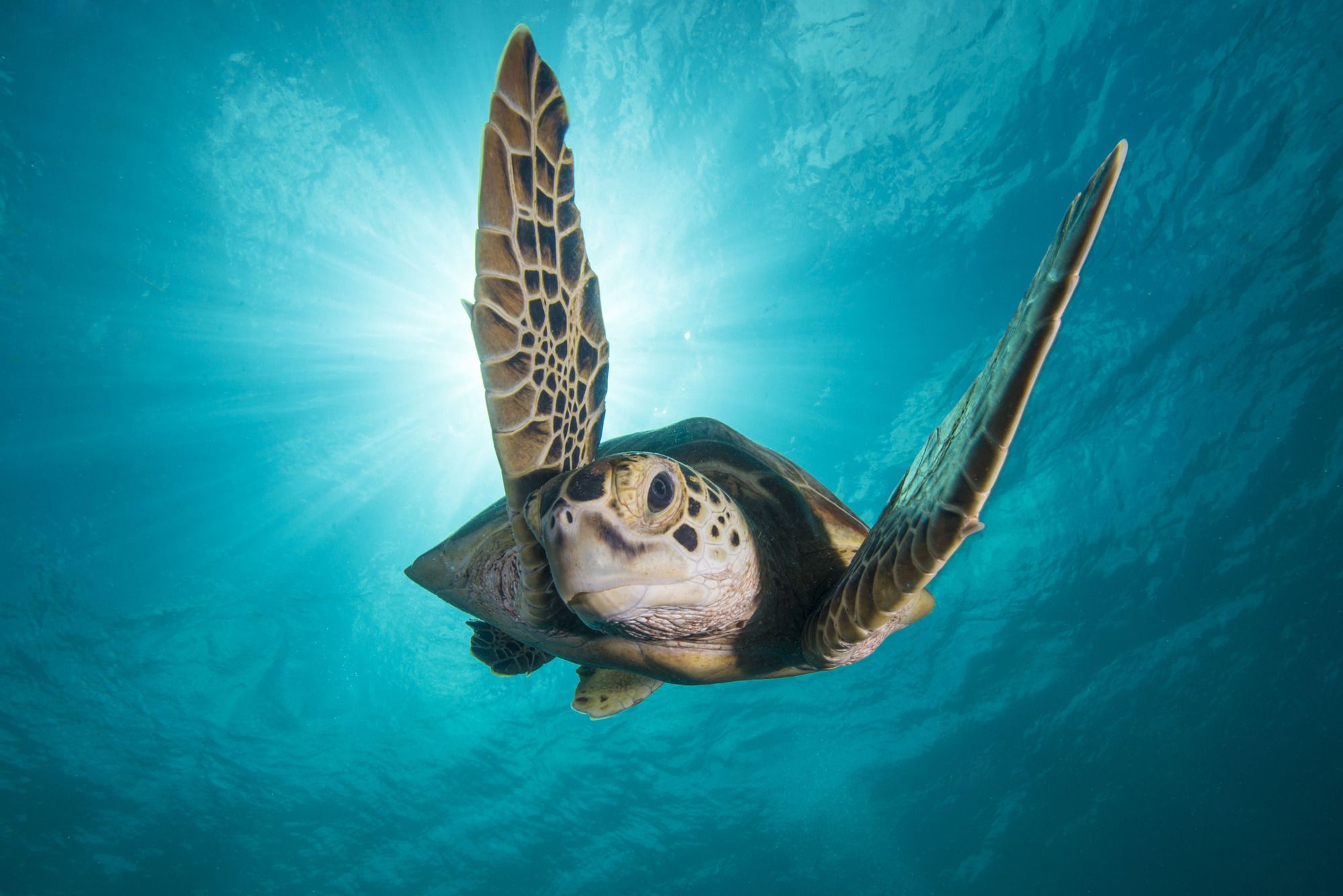Why is Blue Planet II so popular?
Sir David Attenborough returned to our screens this autumn with Blue Planet II, the BBC’s latest nature documentary, which has become the most viewed TV show of the year so far. 14.1 million people saw the first instalment of the 7-episode long series on October 29, making it not only the most watched programme of 2017, but the third most watched of the past five years.
So, what is it about the show that has made so many tune in?
Firstly, the series is stunningly filmed in a way that lets viewers see ocean life like never before. Over a period of 4 years, the crew used the most advanced equipment available and innovative methods such as unobtrusively placing suction cameras on the backs of killer whales to get a ‘birds-eye-view’. ‘New science and new technology allows us to voyage further and deeper than ever before,’ narrates Attenborough.
As well as this, the crew, who spent 6,000 hours underwater, captured original and fascinating stories of marine life. From a cuttlefish able to hypnotise its prey and a gender-changing kobudai fish to an army of spidercrabs shedding their skeletons and deep-sea bobbit worms worthy of a horror movie: the show truly shows how fascinating the ocean is. This striking footage, combined with Hans Zimmer’s atmospheric score and Attenborough’s ever reliable narration, allows viewers to be transported to an alien world.
This is what we have got, and this is how we are losing it
Yet it is a world at risk of disappearing, a fact that the show constantly reminds its viewers of, as from the very beginning Attenborough states: ‘The health of our oceans is under threat. They’re changing at a faster rate than ever before in human history.’
The show creates a feeling of urgency as it cleverly presents its viewers with the wonders of the underwater world before moving to scenes of environmental disaster as if to say: this is what we have got, and this is how we are losing it.
The impact that global warming has on our reefs is chillingly demonstrated by lab footage of coral bleaching as Attenborough forlornly tells us that ‘countless numbers of the reefs that have flourished for millennia lie in ruins.’
Humanity’s unsustainable plastic use is also highlighted by Blue Planet II. In one scene, 7,000 plastic bath ducks that were accidentally dumped into the arctic ocean after a shipping container fell off a freighter ship can be seen floating across the waves.
In another decade will there be enough life left in our oceans for a Blue Planet 3?
The most heart-breaking moment of the show so far though came in episode three, in a sequence that many online said they struggled to watch. In the sequence, a mother pilot whale is seen to be carrying around her dead calf, which Attenborough explains is likely to have died because of plastic intoxicating ocean waters and contaminating the mother’s milk. Attenborough increases the bleakness by adding: ‘Pilot whales have big brains, and they can certainly experience emotion. Judging the adults, the loss of the infant has affected the entire family.’
According to the UN Environmental Programme, it is now estimated that every square mile of sea has 46,000 pieces of floating plastic and more than 12 million tonnes of waste enters the ocean every year, resulting in the death of more than a million birds and 100,000 sea mammals and turtles. Assistant producer of the show, Sarah Conner, told BBC Newsbeat: ‘There would rarely be a dive where I wouldn’t find some form of plastic from a thread of plastic fishing line, sweet wrappers or plastic bottles.’
While Blue Planet II reveals to its viewers the magic of the sea, it is clear that since 2001’s The Blue Planet the situation of our oceans has deteriorated. The show is a call for action to be taken as it leaves one wondering: in another decade will there be enough life left in our oceans for a Blue Planet 3?

Comments